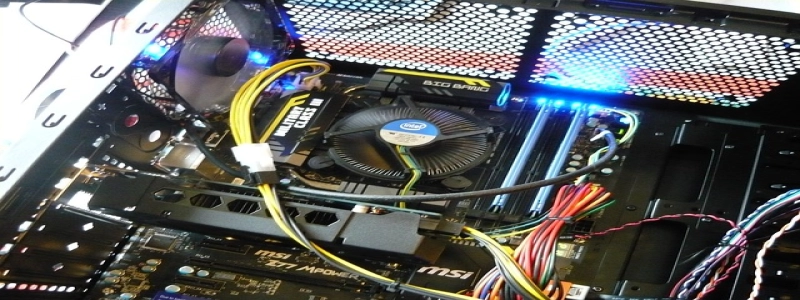Diode vs YAG Laser: A Comparative Analysis
Introduction:
In the realm of laser technology, two popular types of lasers stand out for their numerous applications – Diode laser and YAG laser. Both lasers have distinct characteristics that make them suitable for various purposes. This article aims to provide a comparative analysis of these two types of lasers, exploring their differences in terms of functionality, efficiency, and applications.
I. Diode Laser:
A. Definition and Working Mechanism:
The diode laser is a type of laser that utilizes a semiconductor to produce coherent light. It consists of a p-n junction that emits light when an electric current passes through it. The emitted light is then amplified to form a powerful laser beam.
B. Advantages:
1. Efficiency: Diode lasers are known for their high energy efficiency, making them ideal for applications that require prolonged use.
2. Compact Size: Due to their small size, diode lasers are easily portable and can be integrated into various devices and equipment.
3. Safety: Diode lasers emit low power levels, making them safe for usage in medical and aesthetic procedures.
C. Applications:
1. Medical: Diode lasers find extensive use in dermatology, dentistry, and surgical procedures such as hair removal, teeth whitening, and soft tissue surgeries.
2. Communication: Diode lasers are used in fiber optic communication systems for transmitting data over long distances.
II. YAG Laser:
A. Definition and Working Mechanism:
YAG laser, also known as Nd:YAG laser, uses neodymium-doped yttrium aluminum garnet as the laser medium. In this laser, neodymium ions are excited by a flash lamp to produce an intense beam of light.
B. Advantages:
1. Power: YAG lasers have high energy output, making them suitable for cutting, welding, and engraving various materials, including metal.
2. Deep Penetration: The YAG laser can penetrate through skin and tissues, making it valuable for medical procedures such as laser eye surgery and tattoo removal.
3. Versatility: YAG lasers can emit both pulsed and continuous waves, making them adaptable for a wide range of applications.
C. Applications:
1. Manufacturing: YAG lasers are extensively used in industrial settings for cutting, drilling, and welding metals and other materials with high precision.
2. Medical: The YAG laser is applied in ophthalmology for procedures like LASIK surgery, cataract treatment, and glaucoma management.
Conclusion:
Both diode and YAG lasers have their unique characteristics and applications. While diode lasers excel in energy efficiency and safety, YAG lasers offer higher power and deep penetration capabilities. The choice between the two depends on the specific requirements of the application. As laser technology continues to advance, these two lasers will continue to play a vital role in various industries, making our lives safer and more efficient.








